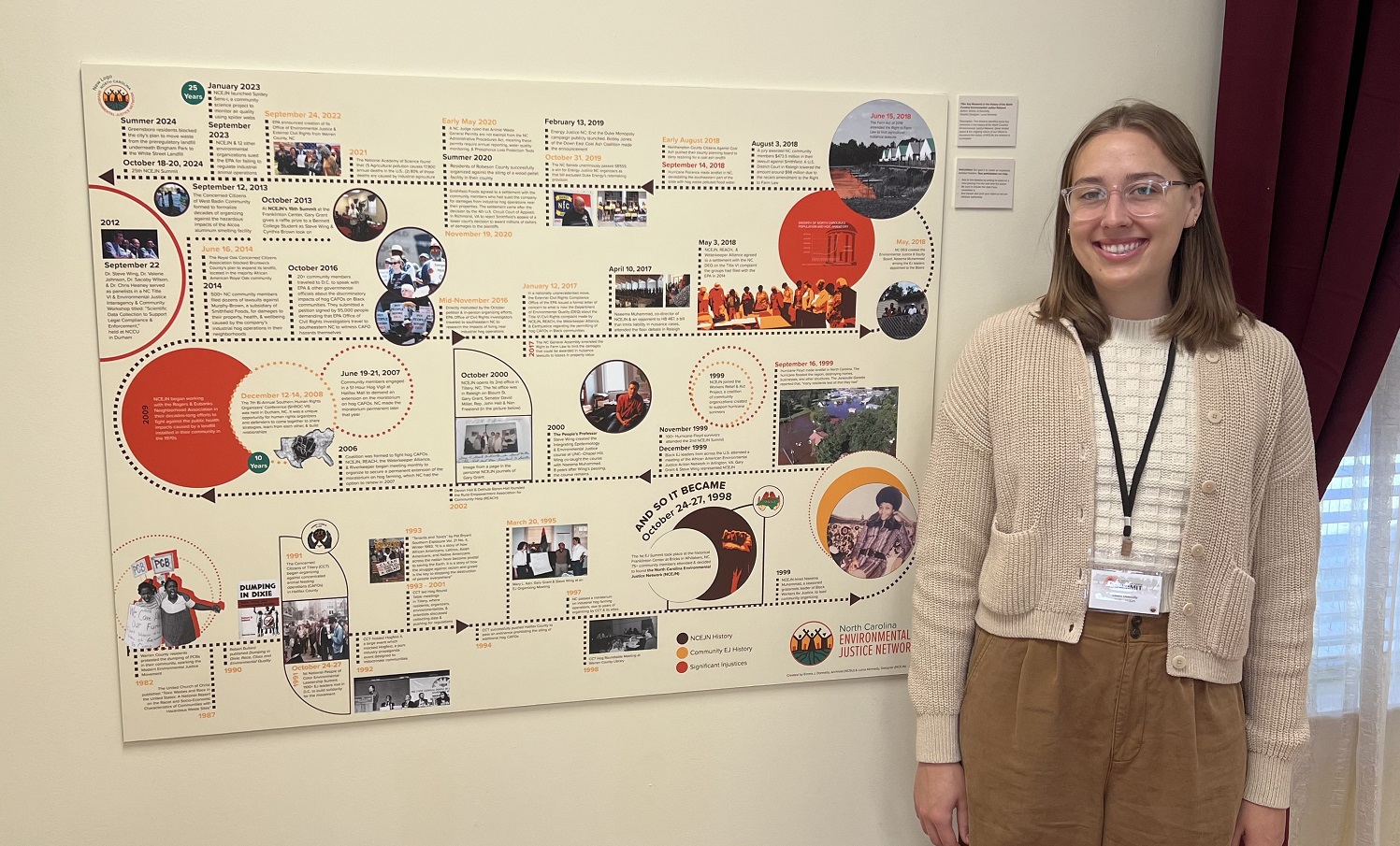Captivated by Texts: Male Anxieties, Editorial Input, and Reader Responses in Captivity Narratives, 1675-1724
Hall, Molly Suzanne. “Captivated by Texts: Male Anxieties, Editorial Input, and Reader Responses in Captivity Narratives, 1675-1724.” (Under the direction of Dr. Susanna Lee.)
Captivity narratives produced in New England between 1675 and 1724 featured female protagonists that upheld idealized standards of behavior for women. Female characters within these stories acted submissively, were model mothers, and strictly adhered to a gendered hierarchy. Through these images, captivity narratives dictated appropriate behavior to women. In the midst of frontier violence, the threat of Catholicism from New France, and England᾿s exertion of greater authority in colonial governance, male authors, editors, and readers used the narratives as a means to confront their fears in these arenas. Captivity narratives prescribed female behavior as a result of male anxiety over their ability to provide for, protect, and litigate for their family and community as a whole; while men could not always assert their authority over the colony, they could dictate behavior for the smallest unit of society—the family.
In an atmosphere of warfare, political uncertainty, and everyday worries over proving material support and effective protection to their families, men struggled to live up to conceptions of masculinity. Since men maintained minimal control over warfare and imperial politics, they looked for a means to express anxieties without threatening their sense of masculinity. Captivity narratives allowed men to explore their failures through the female protagonists. While men maintained little control over warfare and English politics at home and abroad, men needed an outlet for the expression of these anxieties that would not threaten their masculinity. Captivity narratives allowed male authors and editors a means of conveying their anxieties through the voice of their female protagonists. Similarly, male readers utilized these narratives as a means of exploring potential patriarchal failures as well.
The narratives, being both prescriptive in nature and metaphorical in a manner that allowed readers to explore larger colonial anxieties, served as a means through which they could confront relations between indigenous peoples and English colonists in terms of gender constructions. To assess the overall effectiveness of the prescriptions for female behavior promoted within captivity narratives, as well as the effectiveness of such narratives as an outlet for the expression of male anxieties, it is necessary to examine the audience and response to such narratives. Through an examination of literacy, narrative publication, and documented responses to the narratives, we can decipher the ways in which captivity narratives reached their audiences and their salience.
- Categories:


